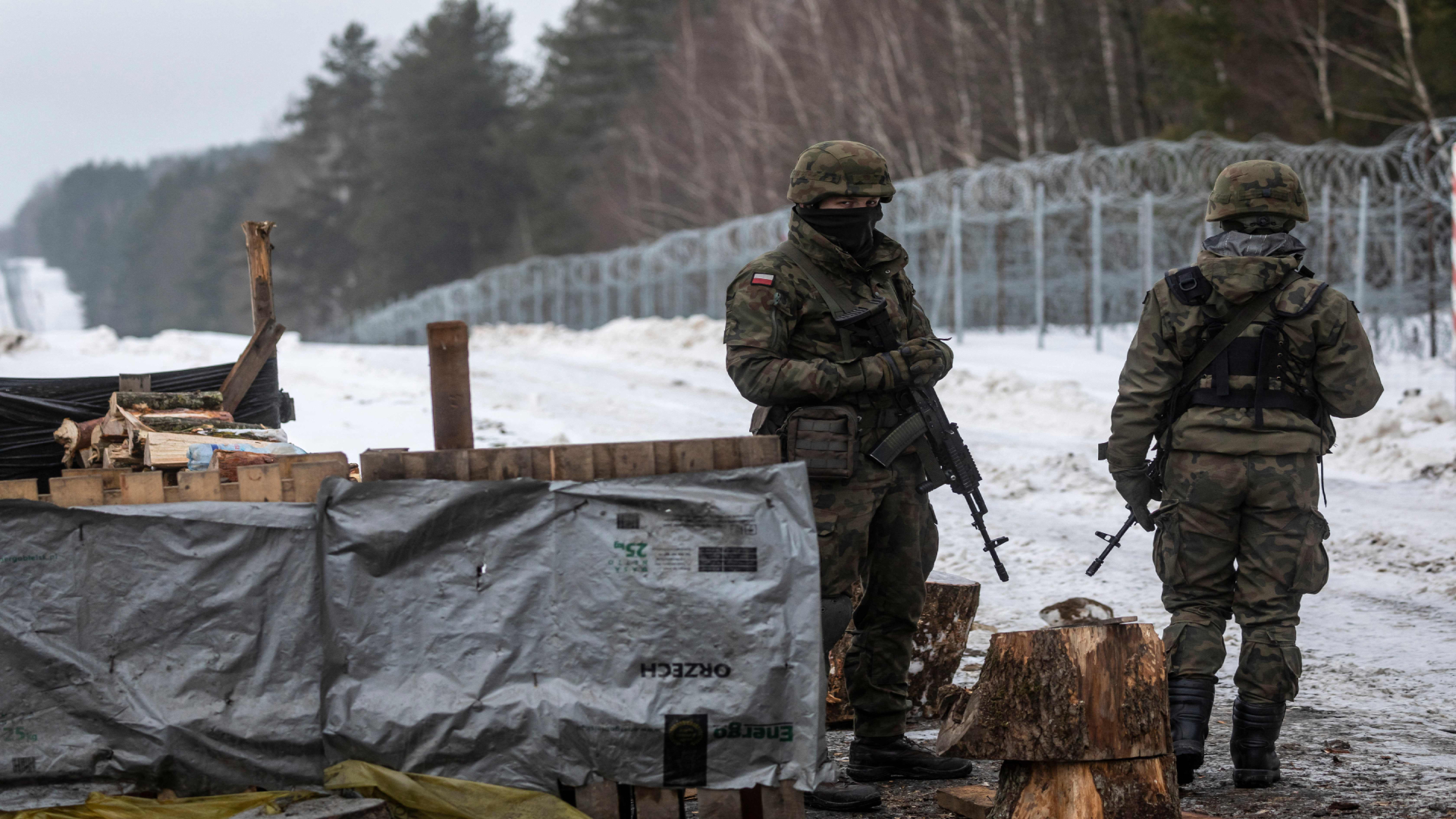We assess that the likelihood of a Russian incursion or other type of military attack against Poland is low.
This assessment was issued to clients of Dragonfly’s Security Intelligence & Analysis Service (SIAS) on 18 March 2022.
To do so would probably meet the threshold to trigger NATO’s article 5 on collective defence. And we doubt that Russia would view such an escalation as being within its interests, not least because it appears to be struggling to defeat the Ukrainian military. But the proximity of the conflict to Poland’s borders, and its provision of support for Ukrainian forces has made an inadvertent, but brief, escalation reasonably likely. Escalation triggers that we are monitoring for include:
- Russian military activity or deployments in western Ukraine
- NATO deployments on its eastern flank
- The level of lethal support that NATO and EU countries are providing to Ukraine
Russia deploying land forces to the west of Dnieper would mark a major shift in the conflict, and would make NATO reasonably likely to further increase its military posture in the region. This in turn would probably be met by a similar Russian response. Russia has defined convoys of military aid to Ukraine (at least a part of which we suspect transits via Poland) as ‘legitimate targets’. While any attacks on such convoys would most probably occur on Ukrainian territory, they would bring the potential for overshooting and, therefore, for an accidental escalation.
Any military spill-over of the Ukraine conflict in Poland is likely to be limited to brief violations of airspace by Russian or Ukrainian aircraft (including drones) or projectiles overshooting their targets landing in Polish territory. We have seen reports of at least three violations by military drones flying from Ukraine into NATO airspace last week, including one unconfirmed into Polish airspace. At present however, with most of the fighting taking place in the east and south of the country, the likelihood of any overshot projectiles reaching Poland is low.
Should attacks and fighting spread to the west of Ukraine, the risk of overshooting incidents would rise. A Russian air raid on a Ukrainian military base near Lviv on 13 March was only 25km away from Poland. But even if unintentional incidents occurred, we still anticipate that both NATO and Russia would be highly likely to try to prevent an escalation to direct conflict. And this would need consensus among the thirty NATO allies to define such an incident as an ‘act of aggression’ under article 5 and prompt a collective response.
Moreover, the impact in Poland from such incidents would very likely be limited to the border areas or, in the case of an overshot projectile, wherever it lands. That said, a heightened perception of threat would probably prompt Poland as well as NATO to further increase military presence along the borders with Ukraine, Russia and Belarus (given the presence of Russian troops there at present). There is also a reasonable chance that the Polish authorities declare a state of emergency in border areas, as they did during a days-long military stand-off with Belarus in late 2021.
Image: Polish soldiers patrol along the Polish-Belarusian border during a press tour near Szudzialowo, Sokolka County, Podlaskie Voivodeship, in northeastern Poland, on January 25, 2022; Wojtek Radwanski/AFP via Getty Images







